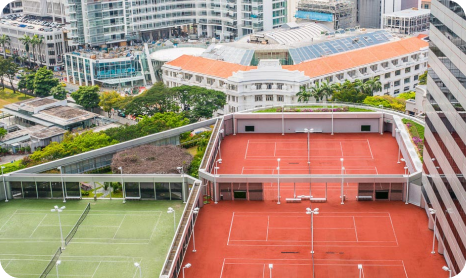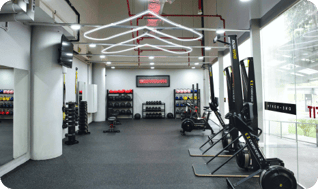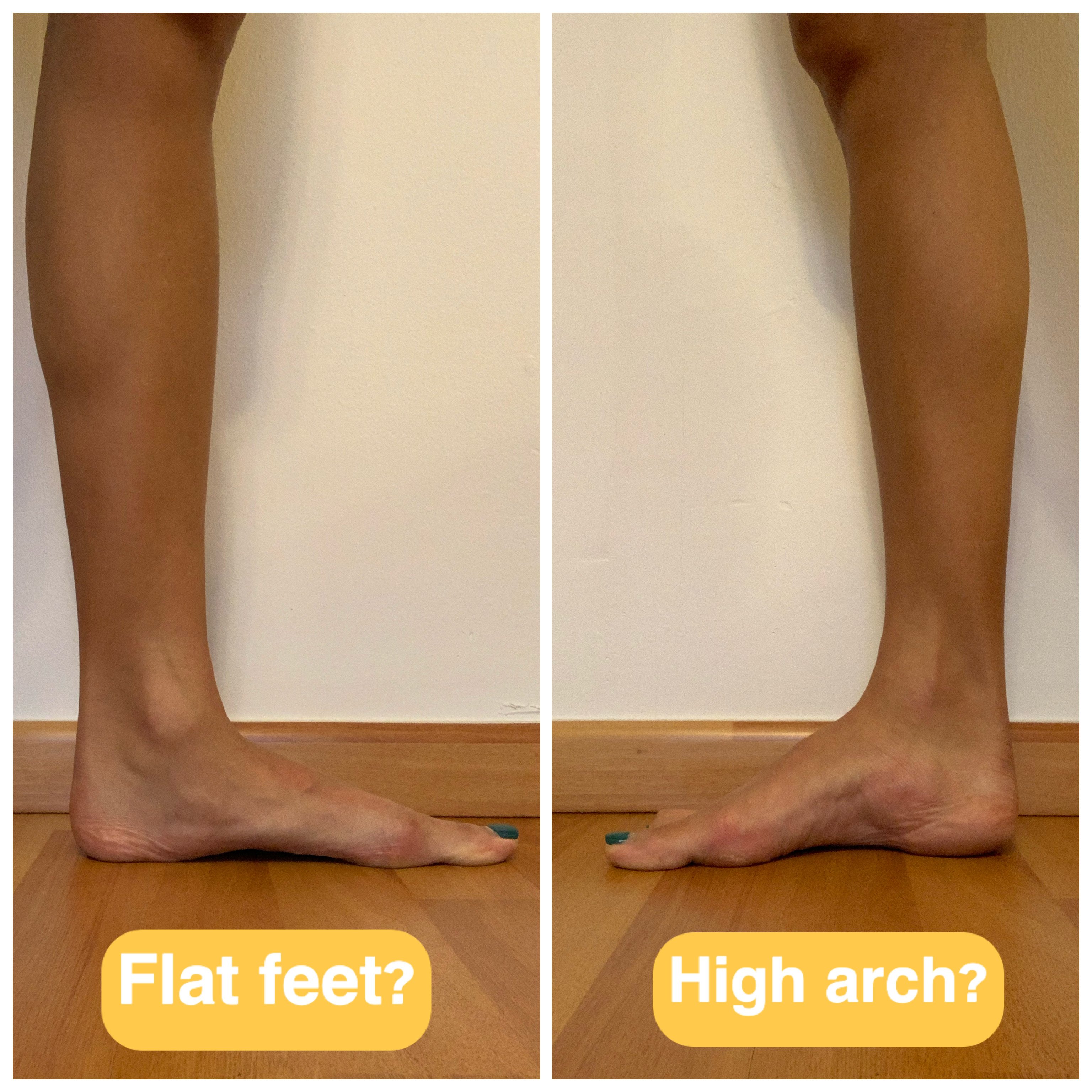The foundation of a healthy body often starts from the ground up – with your feet. Maintaining optimal foot mechanics isn't just about keeping your feet happy; it's about safeguarding your overall well-being. The way you stand, walk, and move impacts not only the health of your feet but also the intricate interplay of your bones, muscles, and joints throughout your body.
If you're grappling with a foot-related concern, you might inadvertently be altering your gait to minimize discomfort. The hitch is, this adjustment can go unnoticed, leading to compensated walking patterns. The repercussions extend beyond your feet, as they can contribute to knee, hip, and back pains through inefficient movement mechanics. The balance and harmony between your feet and the joints above are vital. This article delves into the common foot types – flat feet and high arches – whether you should treat them, and how to treat them.
Foot function
Before diving into the different foot conditions, we first explore what the feet should be doing in walking. The functional foot serves several purposes in gait:
- Your foot adapts to the surface it is stepping/walking on
- Muscles of the foot absorb any shock generated when you take a step
- Your foot behaves like a lever that drives you forward take the next step
Any kind of foot condition that alters your gait may result in your inability to do one of those three things efficiently.
Flat feet vs high arches
Flat Feet Definition
Flat feet refer to a low or non-existent medial longitudinal arch, which runs along the area between the base of the big toe and heel when you stand or walk.
High Arches Definition
A foot is said to have a high arch when there is increased space between the medial foot arch and the floor when standing or walking. It is not as common as flat feet.
You can determine your foot type by referring to this arch test chart.
Flat feet vs high arches, which is better? Neither of them is a “better” foot posture than the other, as they are essentially anatomical variations. Rather, the greater focus should be on the movement available in the foot for it to function efficiently.
Feet pronation and supination
Regardless of flat feet or high arches, we all need sufficient amounts of pronation and supination to occur in gait. Too much or too little of either movement can contribute to inefficient biomechanics as we walk, run, or move.
Foot pronation definition
Pronation results in loading on the inside border of the foot, which corresponds to the lowering of the medial arch. This movement is important as tensioning of the medial arch creates a spring-like lever to propel the foot forward, allowing us to push off the big toe during walking.
Overpronation, or excessive pronation, reduces the efficiency of the spring-like mechanism in the medial arch. This can be likened to an overstretched rubber band that has reduced contractility.
Some conditions that can increase the chances of developing overpronation include existing flat feet, hypermobility, pregnancy, arthritis, and weakness or inflammation in the tibialis posterior tendon or intrinsic foot muscles.
Problems associated with foot overpronation
- Achilles tendinopathy - swelling and pain in the Achilles tendon that connects the calf muscles to the heel
- Tibialis posterior tendinopathy - swelling and pain in the tibialis posterior tendon that contributes to the lifting of the medial arch
- Bunions - a bony bump formed at the base of the big toe
- Plantar Fasciitis - swelling and pain at the band of tissue that runs through the foot and attaches to the heel
- Shin splints
- Hip, knee & back pain as a result of altered biomechanics
Foot supination definition
Supination involves loading on the outer border of the foot, which corresponds to the lifting of the medial arch. In an ideal gait pattern, the foot lands in a slightly supinated position before pronating to push off the big toe.
Excessive supination may prevent the foot from pronating sufficiently, thus reducing the foot’s ability to transfer weight to the medial arch and push off the big toe efficiently. A rigid, high-arched foot, along with muscle imbalances around the foot and ankle, can contribute to excessive supination.
Problems associated with excessive supination
- Plantar fasciitis - swelling and pain at the band of tissue that runs through the foot and attaches to the heel
- Shin Splints, a.k.a Medial tibial stress syndrome (MTSS).
- Swelling of the ball of the foot - Metatarsalgia
- Achilles tendinopathy - pain, swelling, or stiffness in the Achilles tendon connecting the calf to the heel
- Recurrent lateral ankle sprains
- Stress fractures in the foot
- Knee, hip, and back pain as a result of altered or inefficient biomechanics
Check if you’re an overpronator or oversupinator
Take a peek at the soles of your footwear – are they more worn out on the inner or outer border? Are they more worn out on one shoe than the other? This can give us an idea of the weight distribution in our feet as we move. If you find yourself putting more weight on the side of your big toe and your footwear shows greater wear on the inside border, it is likely you are an overpronator and may be flat-footed. If you find yourself putting more weight on the side of your little toe and your footwear shows greater wear on the outer border, it is likely you are an over-supinator.
How to improve pronation or supination
There are a few methods you can use to improve your foot pronation or supination. Here’s a list of them:
- Orthotics - shoe inserts which may be purchased off-the-shelf or customized by a podiatrist
- Physiotherapy consists of manual therapy and guided exercises to improve pronation or supination
While you take the time to navigate through scheduling appointments with a podiatrist or physiotherapist, here are some exercises that you can begin with to improve pronation and supination of your foot.
Exercises to Improve Supination
Exercises to Improve Pronation
While the assessments listed above only form part of the diagnosis, have a go with these exercises! Be sure to see one of our physiotherapists if you’ve had an injury or are experiencing pain!


.png?width=301&height=187&name=Website%20Navigation%20Images%20(3).png)

-1.jpg?width=1984&height=1196&name=UFIT%20Club%20Street%20Front%20(4)-1.jpg)








